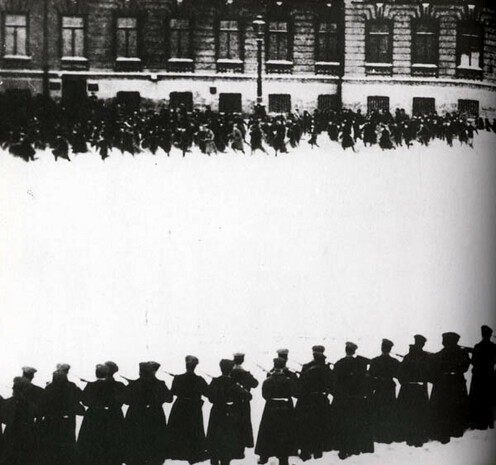MikeDunnAuthor · @MikeDunnAuthor
575 followers · 850 posts · Server kolektiva.socialToday in Labor History January 9, 1905: Russia’s “Bloody Sunday” occurred, with soldiers of the Imperial Guard opening fire on unarmed protesters as they marched toward the Winter Palace. They killed as many as 234 people and injured up to 800. They also arrested nearly 7,300 people. The people were demanding better working conditions and pay, an end to the Russo-Japanese War and universal suffrage. Bolsheviks and Mensheviks opposed the march because it lacked revolutionary demands. The public was so outraged by the massacre that uprisings broke out in Moscow, Warsaw, Riga, Vilna and other parts of the empire. Over 400,000 participated in a General Strike. Protests and uprisings continued for months. The backlash was horrific. The authorities killed 15,000 peasants and sent 45,000 into exile. Another 20,000 were seriously injured. Shostakovich’s 11th Symphony is subtitled “The Year 1905.” Maxim Gorky’s novel, “The Life of a Useless Man,” depicts Bloody Sunday.
#workingclass #LaborHistory #russia #bloodysunday #bolshevik #generastrike #massacre #revolutionary #novel #gorky #shostakovich
@bookstadon
#workingclass #LaborHistory #russia #bloodysunday #bolshevik #GeneraStrike #massacre #Revolutionary #novel #Gorky #Shostakovich
